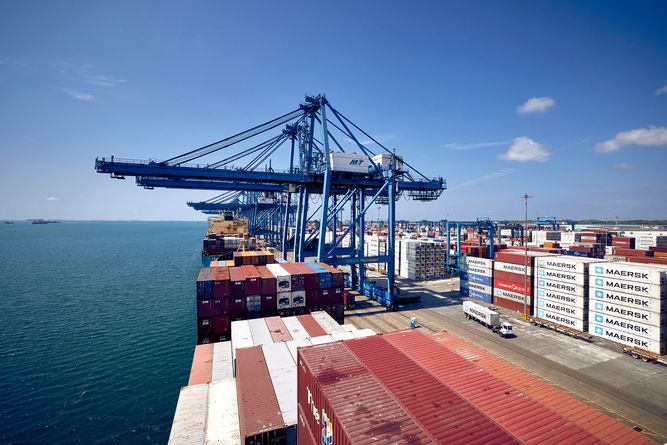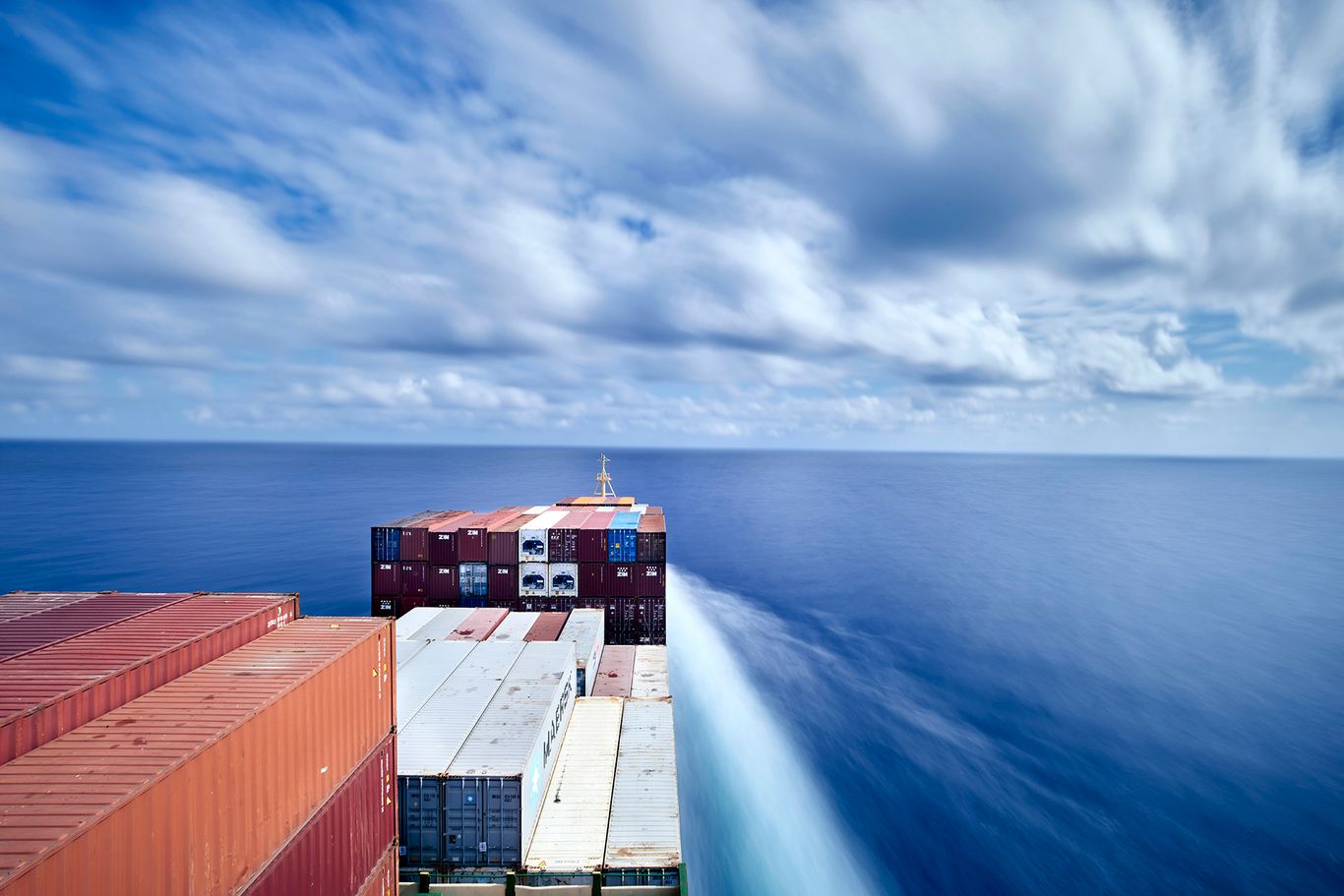
About Us
MPC Container Ships ASA, a prominent player in the global container shipping industry, has a rich history with extensive shipping experience rooted in its founding shareholder and sponsor, MPC Münchmeyer Petersen Capital AG (MPC Capital).
Since its inception in April 2017, MPC Container Ships has undergone rapid growth to become one of the world's leading container tonnage providers. The company has been listed on the main list of the Oslo Stock Exchange since May 2018 under the ticker symbol "MPCC."
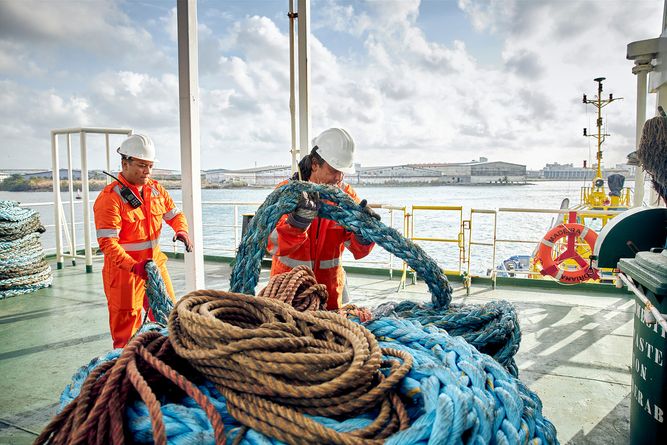
Our People
At MPC Container Ships, maintaining a positive workplace culture is fundamental. We aim to be an employer of choice, investing in our workforce and ensuring a professional and safe environment for all.
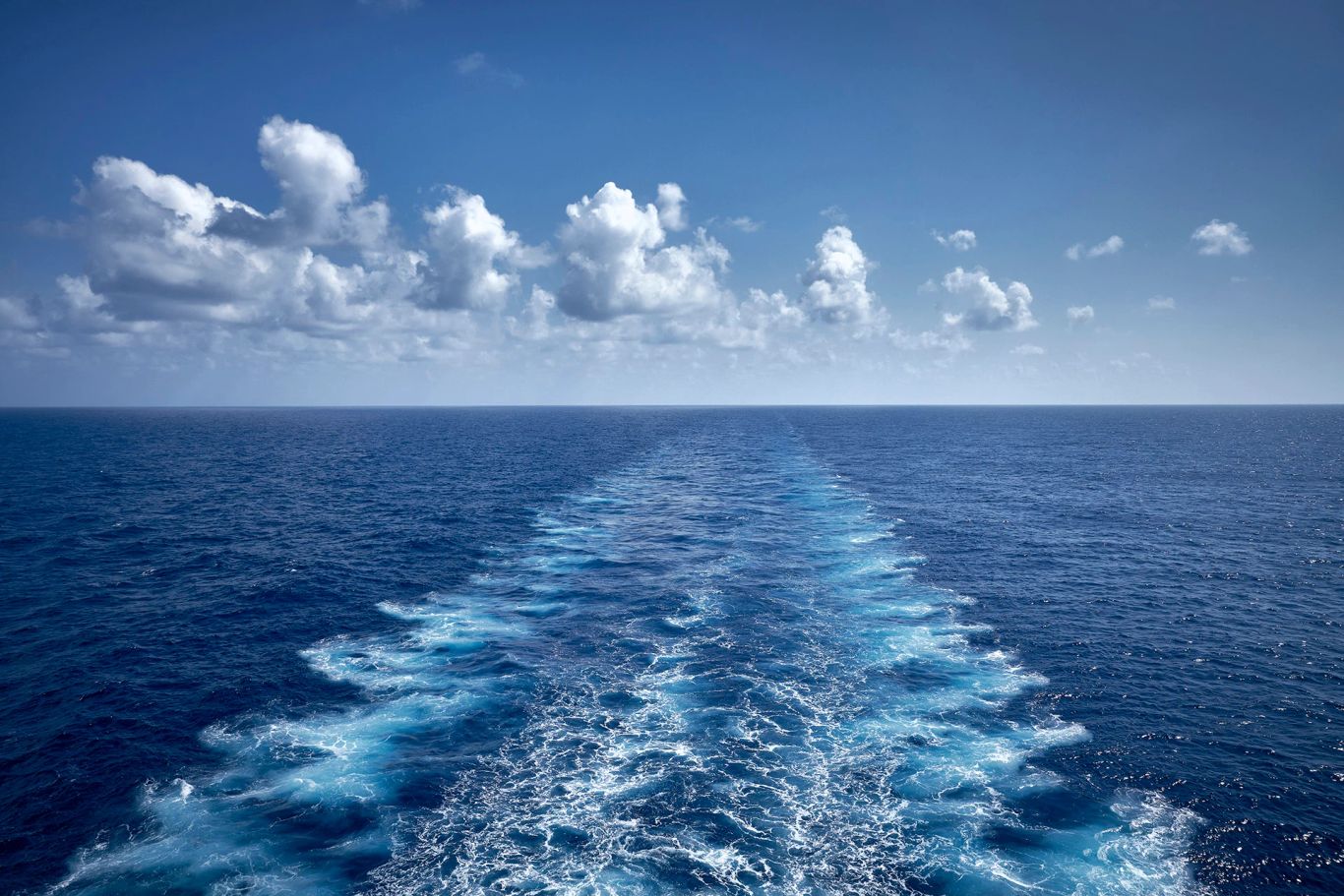
Sustainability
Our commitment to ESG and sustainability is founded in our vision for sustainable container shipping connecting the world’s ports to serve peoples’ needs.
Read More about Sustainability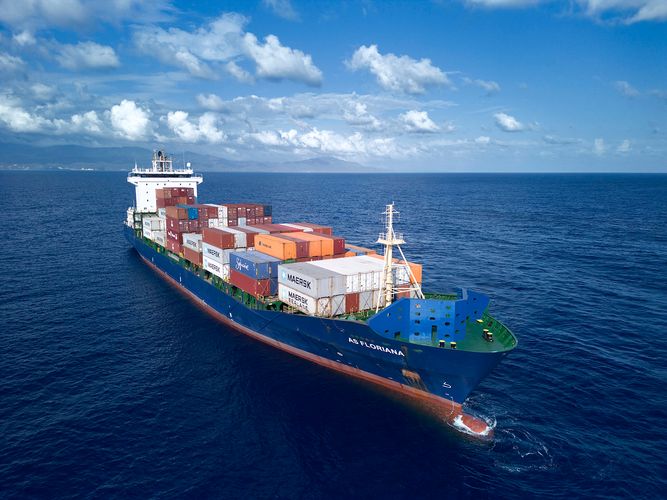
Our Fleet
The containership fleet of MPC Container Ships serves charterers and port calls worldwide. Please find additional information below.
Container Shipping
Container shipping is the dominant method of international transportation for a broad range of industrial and consumer goods, chemicals and foodstuff.
